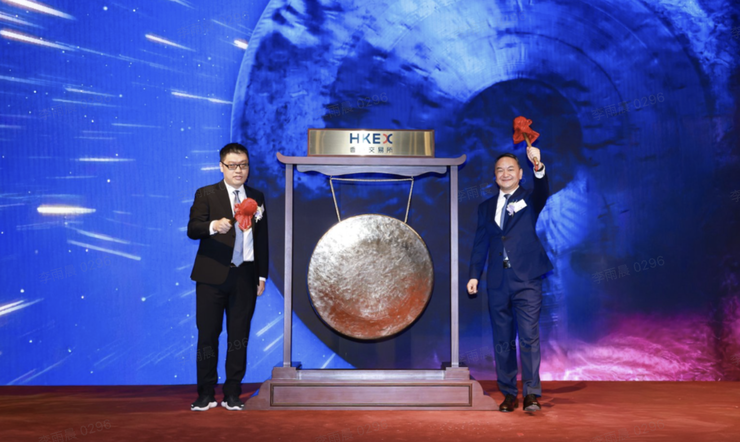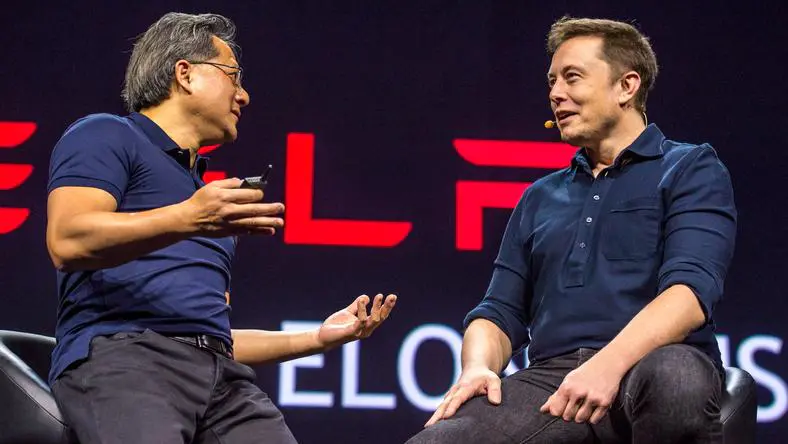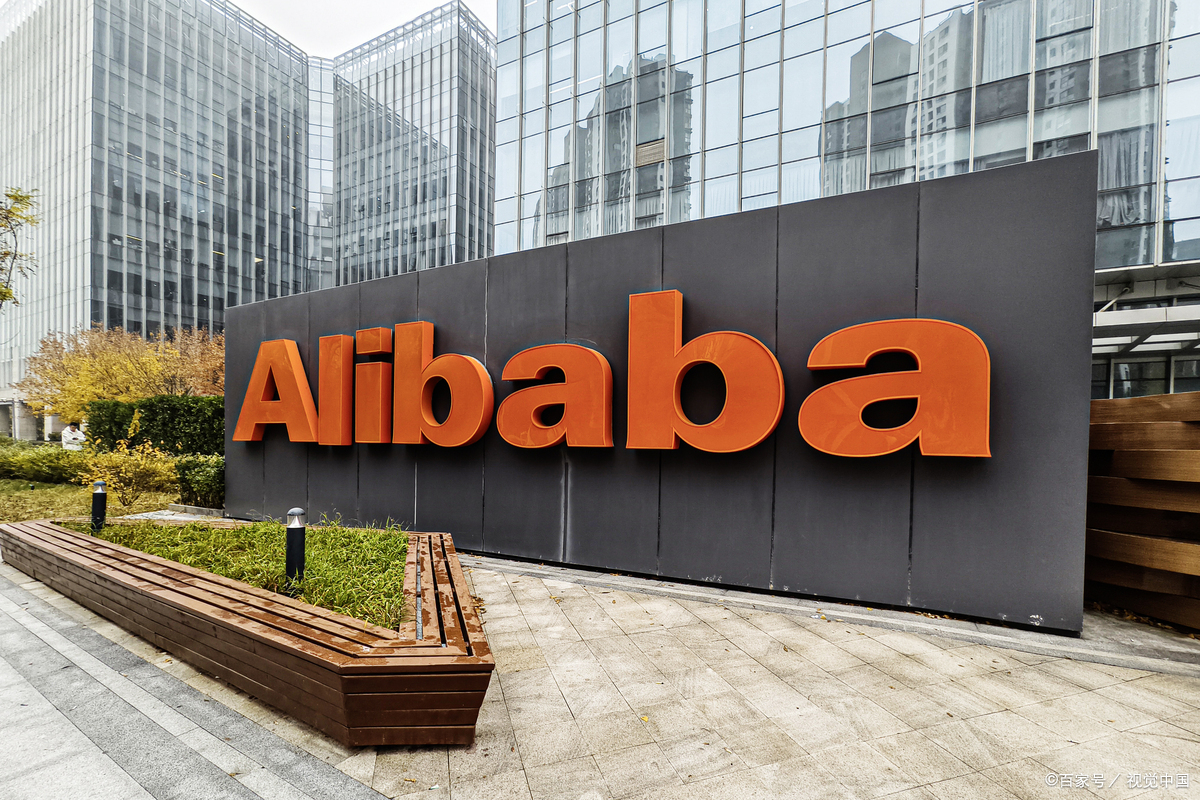Since the beginning of this year, the TikTok Shop market in the US has experienced ups and downs. The wavering tariff policies, the potential risk of platform bans that continue to ferment, and the increasingly tightening regulatory scrutiny have cast a thick fog over the development of TikTok Shop’s e-commerce business.
Against the backdrop of increasing external pressure, platforms are attempting to improve their response capabilities and operational efficiency through internal restructuring.
Leifeng.com has learned that TikTok Shop has recently undergone a series of adjustments in its beauty section. At the organizational level, the team size has significantly shrunk, and a large number of local employees have been directly replaced with Chinese employees; At the business level, the platform splits its business by category and country, while the full custody business enters the stage of normalized operation, becoming an important supplement to the semi custody business …… (For more internal changes in TikTok’s US region, please feel free to add WeChat xl120429 for communication)
Internal changes are constantly changing, and sellers cannot help but feel anxious, as this may mean that a new round of uncertainty is coming.
The external environment is complex and ever-changing, and TikTok Shop is struggling to balance in the cracks
Although GMV has increased this year, profits have decreased instead of increasing. The US region is clearly not as easy to do as last year. ”As a top player in the US region, Liu Feng summarized his current business experience in this way.
In his view, although external competition has a certain impact, it is not the main cause. Although platforms such as Temu have diverted some of the traffic, the overall e-commerce market in the United States is still growing, and the market capacity has not contracted. For sellers, frequent adjustments within the platform are becoming an important factor affecting the development of TikTok Shop’s e-commerce in the US region.
In fact, behind this frequent adjustment is not disorder, but a quick response forced to be made in an extremely complex external environment.
TikTok Shop in the US has always been caught between multiple pressures: ongoing pressure from the US Congress, fluctuating tariff policies, fluctuating potential ban risks, and fierce competition from e-commerce platforms such as Temu and Amazon. Every external variable can shake the foundation of the business.
In order to match the constantly changing external challenges, the platform has to remain highly sensitive and adjust its strategic layout at any time.
Leifeng.com has learned that there have been frequent changes in the second and third level management of ByteDance before. However, every personnel change is often accompanied by the “overturning and starting over” of rules. The compliance standards set by the predecessor are overturned after the new person takes office, and are replaced by new operational requirements.
Some sellers who are close to internal personnel may sometimes hear rumors of changes half a month in advance, but such news often has deviations. Because many internal rumors may change at any time before the official announcement.
The rapid internal changes affect the execution level. According to insiders, there was previously a product promotion pool in the US region, operated by a US executive. However, the executive did not complete the handover of key parameters when leaving, resulting in the inability to search for this product pool in the system. Until the promotion was officially launched, a large number of columns on the front-end page showed blank spaces, and an activity that should have driven conversion evolved into a major experience accident.
Under multiple setbacks, seller confidence continues to decline. Many old sellers have slowed down their investment and entered a wait-and-see state.
But from a different perspective, every adjustment made by TikTok Shop is essentially a search for certainty amidst uncertainty. Under multiple constraints such as regulation and competition, it has to trade “trial and error” for survival space.
TikTok Shop’s counter wind layout is both an opportunity and a challenge
On one hand, there is the constant pressure of the external environment, and on the other hand, there is the urgent expectation of sellers for a stable ecosystem. Fortunately, TikTok Shop has a clear strategy in terms of development direction and personnel division. The US market will continue to be the focus of TikTok Shop’s global e-commerce layout in the future.
At present, Mu Qing, the former vice president of Tiktok E-commerce, is responsible for the operation of TikTok Shop cross-border E-commerce and reports to Bob. The core strategic goal of the current Meiqu is how to further enhance the richness and conversion rate of the content ecosystem.
It’s not easy to create good content, and there have always been opinions that TikTok Shop’s live streaming e-commerce model in the US is not suitable for the local market.
Insiders Jiang Yang told Leifeng.com that the GMV brought by live streaming accounts for only about 12%, while the GMV driven by short video content is about 50%, and the remaining nearly 40% is brought by the mall.
Why hasn’t live streaming e-commerce started yet? Jiang Yang believes that there are multiple reasons behind this.
The most direct reason is cultural differences in labor force. In China, the popularity of live streaming is based on low-cost content supply, while Americans generally advocate the concept of easy money making and resist high-intensity, long-term content output. Live streaming, as a highly dependent form of continuous investment and physical exertion, lacks appeal among local teams and is naturally difficult to scale up.
The deeper reason lies in differences in values. In China, a mature supply chain system can support highly specialized division of labor, with experts responsible for leading goods, supply chain responsible for fulfilling contracts, and outstanding product selection capabilities. But in the United States, supply chain resources are relatively scattered and immature, and influencers often need to take on multiple roles such as product selection and content simultaneously. In this context, the value demands of American content creators are no longer satisfied with helping others sell their products, but rather hope to build their own brands through personal influence.
Speaking of the short video side, it still has huge growth potential. Due to the immaturity of platform commercialization, influencers tend to use platforms such as Instagram or YouTube for traffic diversion and commercialization. At present, there are over 2 million influencers in the US region with e-commerce permissions, but only about 80000 people can actually place orders every day, and the first 8000 people contribute nearly 80% of the sales revenue.
Seller Lin Fanshen shares the same feeling: “It’s not particularly easy to find influencers in the US. On the one hand, the work efficiency and willingness of Americans are not as strong as those in China; on the other hand, some people who enjoy freelancing apply to send samples and then randomly shoot videos to deceive you
To break through the current growth bottleneck, TikTok Shop has chosen to strengthen its content ecosystem construction from multiple dimensions.
At present, the platform is experimenting with emerging forms such as “digital live streaming”. Although digital humans have obvious shortcomings in user experience, natural interaction, and other aspects in the short term, in the long run, their potential in cost control, 24-hour uninterrupted operation, and multilingual adaptation is enormous.
At the level of short videos, TikTok Shop is focusing on testing AI generated video content to lower the threshold for content creation. In addition to developing AI, the platform also attempts to finely divide internal categories, such as clothing videos that focus on size display and dressing scenes, and beauty videos that rely more on evaluation seeding and ingredient explanation.
It is worth noting that the growth rate in the US region has significantly slowed down. Jiang Yang revealed to Leifeng.com that the average daily GMV of TikTok Shop in the US region was about 30 million US dollars last year, and it is expected to be around 40 million US dollars this year, with a gradual growth rate.
Jiang Yang also stated that due to multiple factors such as the immaturity of the American influencer ecosystem and differences in consumption habits, the conversion rate of TikTok Shop in the US region continues to hover at a low level. Taking the purchase penetration rate measured by BAC/DAU as an example, the Chinese market exceeds 10%, the Southeast Asian market reaches 5%, and the US market is only 1%. This means that out of every 100 active users, only about 1 person completes the purchase, and in some periods even lower.
In conclusion
The game in the US market is becoming increasingly fierce.
It is reported that Temu has quietly resumed growth in the United States. Insiders Shen Jie told the media that Temu’s annual GMV is expected to reach 70-80 billion US dollars this year.
Temu’s rapid expansion in the United States relies on efficient operations and ultimate supply chain control. In the initial stage, the platform attracts factories to settle in with higher supply prices, and gradually lowers prices after the quantity of goods starts. This’ collect first, release later ‘strategy is essentially exchanging traffic for absolute control over the supply chain.
More importantly, Temu achieves refined price comparison and dynamic elimination of suppliers through platform mechanism design. For example, setting up multiple SKUs for the same type of product, allowing different suppliers to bid, and platform algorithms tilting traffic towards products with lower prices and better conversion rates, forming an internal competition mechanism of “using merchants to suppress merchants” and continuously reducing costs. (Regarding Temu’s development in the United States, please add WeChat xl120429 for communication)
As can be seen, TikTok Shop still faces many challenges in the US market. However, Meiqu is a long-term business and will not easily give up due to short-term setbacks.
The outcome is uncertain, and the battle is not yet over. Currently, TikTok e-commerce is accelerating its expansion in global markets such as Europe, Latin America, and Southeast Asia.
According to insider Jiang Yang, TikTok’s global e-commerce GMV reached 30 billion US dollars in the first half of this year, 20 billion US dollars in Q3, and a cumulative total of 50 billion US dollars in the first three quarters. Whether the final annual scale can exceed the target of 90 billion to 100 billion US dollars will depend crucially on the performance of Q4.

















暂无评论内容